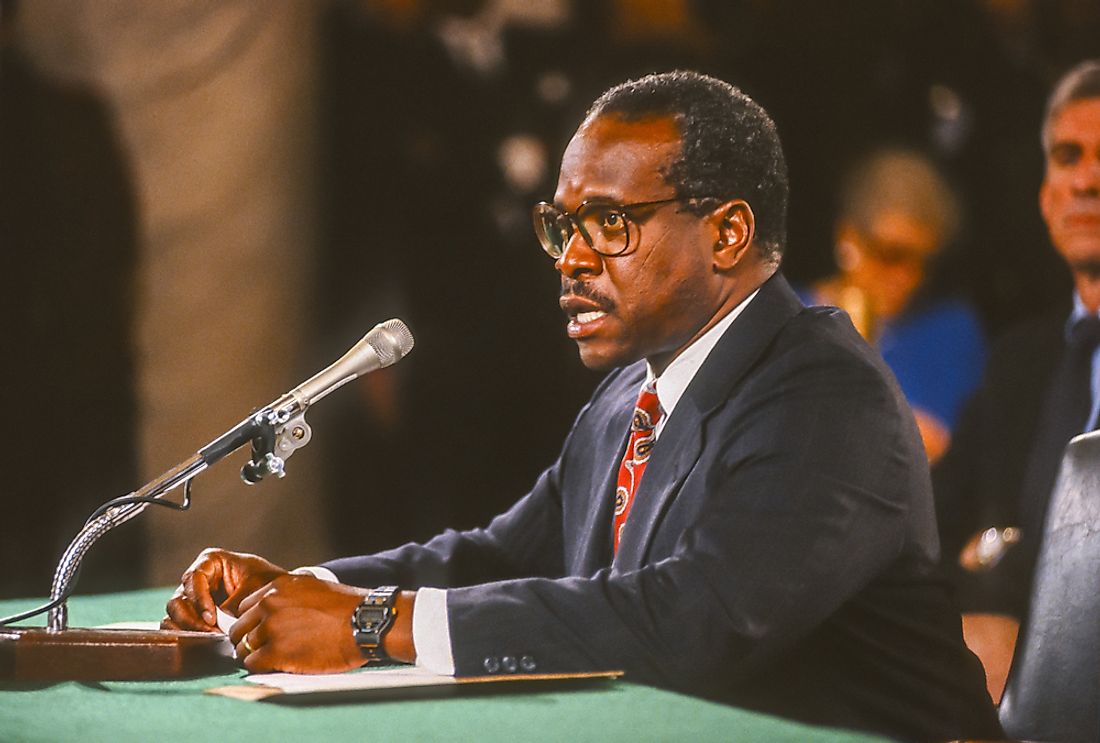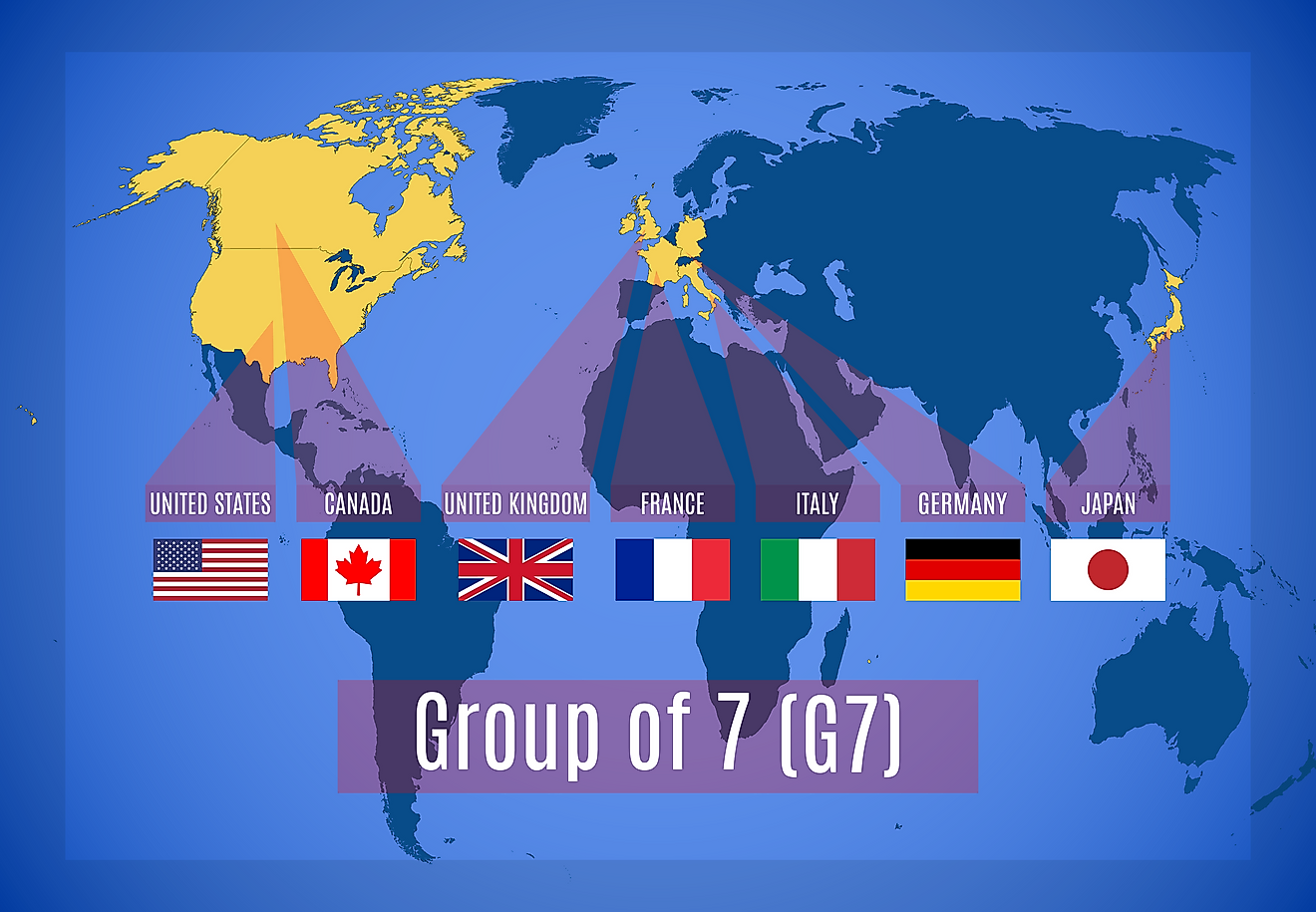How Are U.S. Supreme Court Justices Appointed?

The United States' Supreme Court, along with the rest of the American Federal court system, was created and outlined in the United States Constitution in Article 3. This gave the Supreme Court the ultimate jurisdiction over all the laws of the land, especially those involving constitutionality. The court was also give the designation to oversee any cases involving treaties, foreign diplomats, maritime jurisdiction and admiralty practice. After the ratification of the Constitution in 1788, the following year the Judiciary Act of 1789 was passed by the Congress and signed by President George Washington. This act helped to fill in the details on the Supreme Court that the Constitution had only outlined by establishing the court as a tribunal of six justices who served for life long terms, as well has given term exclusive original jurisdiction over all civil actions between states or a state and the federal government. The court was also given appellate jurisdiction over decisions made by state courts and the federal circuit courts. In February of 1790 the first session of the court was held, but it was still missing two of its most important and well known modern day features. In the landmark 1803 decision of Marbury v. Madison, the Supreme Court formed the basis for the practice of judicial review to decide if something violates or contradicts the U.S. Constitution and the Bill of Rights and also defined the boundary that would separate the judicial branch from the executive branch of government. With the Judiciary Act of 1869 the number of justice on the court was officially set at nine by Congress, as since the court's inception it had fluctuated from being anywhere between six to ten justices.
Appointment of U.S. Supreme Court Justices
The nomination process for a new Supreme Court justice begins when one either retires from the court or passes away. Thereafter, the sitting U.S. President nominates a qualified replacement. After this occurs, the Senate Judiciary Committee takes over the next part of the appointment process. This committee then vets the nominee's background, history and credentials and holds a first hearing with him or her to question them on their qualifications. The committee then votes on the nominee and the nomination is then sent to the full senate to go forward or with the recommendation that the nominee be rejected. If the nominee is rejected then the president will have to pick a new nominee and the process will start over.
Once at the full Senate, a filibuster can take place if at least one senator decides to stall the nomination by refusing to yield their spot speaking on the floor. If this happens then a vote of cloture takes place, where a 60 vote super-majority would be needed to stop the filibuster. If the 60 vote tally is not reached then the nomination fails and a new nominee must be picked to start the whole process over. If there is no filibuster then the nomination proceeds as normal, with the senate needing only a simple 51 majority vote tally. If the senate reaches that number then the nomination is confirmed and if not then the nomination fails and the process must start with a new nominee from the beginning. One the nominee is confirmed then they usually go straight to the White House to be sworn in, usually buy the Chief Justice of the Supreme Court.
Importance of the U.S. Supreme Court
The United States Supreme Court is important due to its stature as the highest court in the land, and as the final judge in matters of interpreting both the Constitution and in all cases that involve the laws passed by Congress. As part of the judicial branch of the government, the court plays an all important role in the system of checks and balances as an important check on the powers of the President and Congress. The Supreme Court also how the power to make important decisions that alter laws and society, as they did in such famous decisions as Dred Scott v. Sandford (1857), Brown v. Board of Education (1954), or Roe v. Wade (1973).
How Are U.S. Supreme Court Justices Appointed?
| Current Justices of the Supreme Court |
|---|
| John Roberts |
| Clarence Thomas |
| Ruth Bader Ginsburg |
| Stephen Breyer |
| Samuel Alito |
| Sonia Sotomayor |
| Elena Kagan |
| Neil Gorsuch |
| Brett Kavanaugh |











